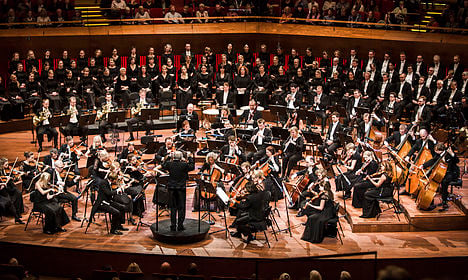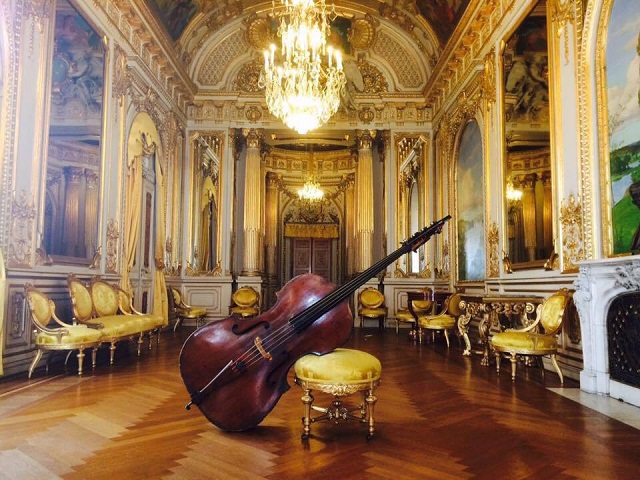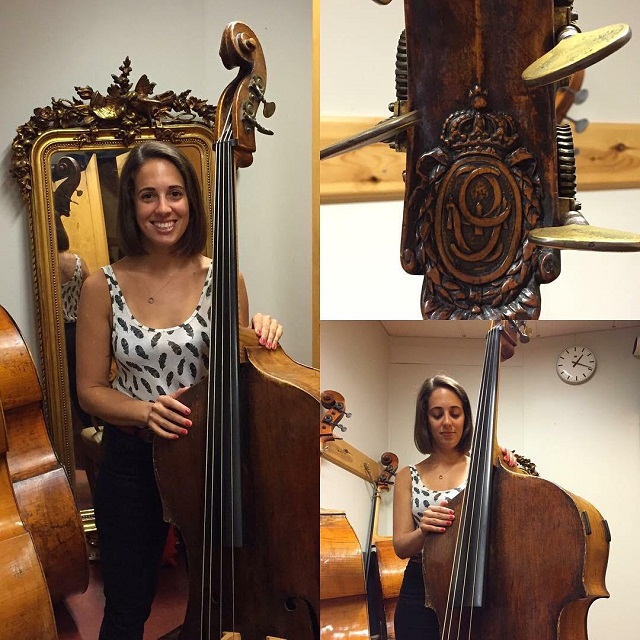ORCHESTRA
Historic Danish orchestra rises from the ashes
Private contributions have given the Danish National Chamber Orchestra a second life after broadcaster DR axed it from its budget after three quarters of a century.
Published: 22 January 2015 12:46 CET

The Danish National Chamber Orchestra will pick up its instruments again. Photo: Simon Læssøe/Scanpix
The 75-year-old Danish National Chamber Orchestra will rise from the ashes of its controversial closure to play on under a new name, the trade magazine Musikeren reports.
The Danish National Chamber Orchestra (DR’s UnderholdningsOrkestret) was axed from broadcaster Danmarks Radio’s budget as part of plan to save 161 million kroner per year.
The decision was deeply controversial, especially coming at a time when DR and tourist organization Wonderful Copenhagen were being criticized for wild overspending on May’s Eurovision Song Contest.
A political majority opposed the orchestra’s closure but Culture Minister Marianne Jelved decided in December that since no political alternative could be found for funding the 42-person orchestra, she would sign a new service agreement with DR that approved of the cuts and silenced the orchestra.
But where politicians failed, the people succeeded. A Kickstarter campaign has raised over one million kroner of its three million kroner goal and now Musikeren reports that “two large Danish actors in the Danish business community” will come through with the remaining funds.
The musicians’ association Dansk Musiker Forbund (DMF) met with DR last week and reportedly reached an agreement to save the orchestra’s future.
“The result of the meeting with DR was a full acceptance to go forward with the project, both in relation to the orchestra’s new name Danmarks UnderholdningsOrkestret and in relation to the concert activity that is planned for February 1st,” DMF spokesman Steen Jørgensen told Musikeren.
The newly-renamed orchestra will play its first concert on February 1st at the Royal Danish Academy of Music in Frederiksberg. Tickets for that performance, which are on sale now, will help fund the orchestra’s future.
See the Danish National Chamber Orchestra perform at the Copenhagen mall Fisketorvet:
Url copied to clipboard!





 Please whitelist us to continue reading.
Please whitelist us to continue reading.
Member comments